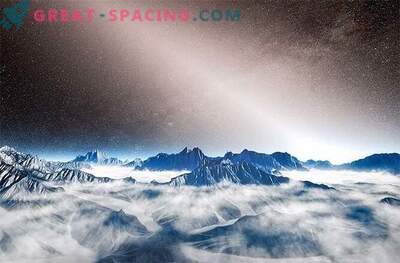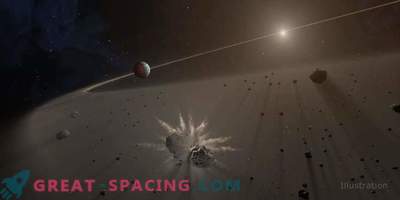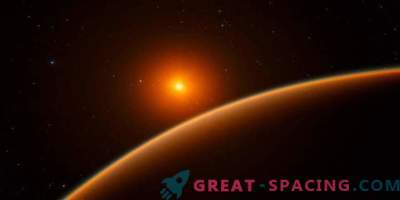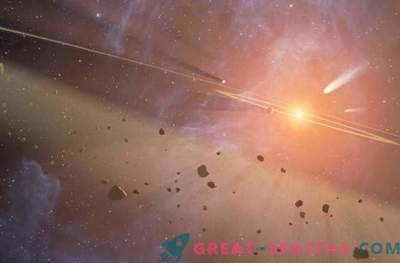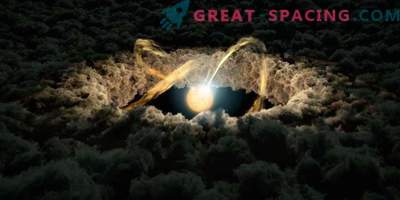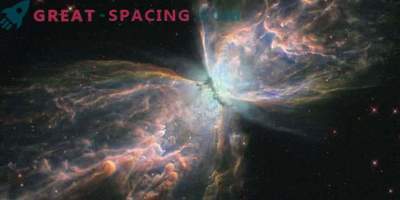Astronomers using the Hubble Space Telescope recently completed the most extensive and sensitive study of the dust surrounding young star systems.
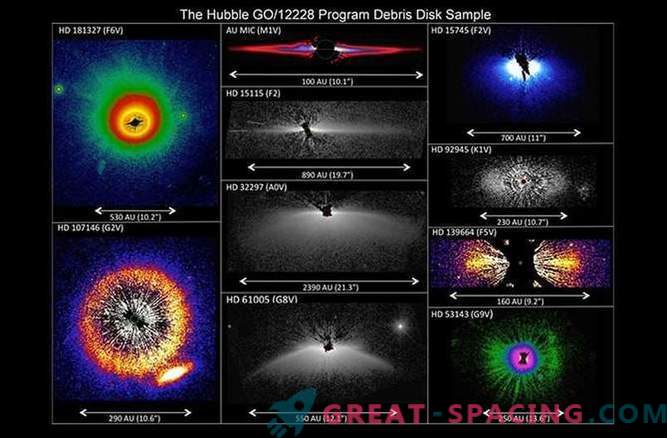
The study affected stars between 10 million and 1 billion years old, and the source of dust is debris remaining during the formation of planets and the collision of asteroids and comets. The study is similar to a review of the past of our solar system, in which we would find the dusty disorder remaining during the formation of the Earth and other planets.

One of the conclusions that can be drawn from this study is the stunning diversity of dust around young stars. Traditionally, circumstellar dust was considered to take a harmonious, disk-shaped shape, but it turned out that this statement is not entirely true.

One of the most stunning observations is the star HD 181327, surrounded by a bright ring of dust, apparently formed as a result of a massive collision, which scattered debris up and down. Another version of this chaos is some kind of interaction with an invisible interstellar substance.

Like the variety of exoplanetary systems, dust disks discovered by astronomers also possess this characteristic, possibly indicating a gravitational interaction with planets orbiting around stars.

Since 1995, many exoplanets have been discovered in the orbits of stars in our galaxy. However, during the same period only a couple of dozens of circumstellar disks were discovered. This happened because the scattered light from these disks is extremely weak (about 100,000 times weaker than the light of the parent star). The latest technologies and methods capable of blocking the blinding light of a star have only recently become available to scientists.

Studying these discs of garbage and their amazing morphological diversity will help astronomers better understand how Earth-Moon and Pluto-Charon systems were formed. Thanks to planetary collisions, debris from the early solar system came together to create many of the natural satellites we see today.
